#18. Lack of Rest Impact
According to the website Healthline, “during sleep, pathways form between nerve cells (neurons) in your brain that help you remember new information you’ve learned”. If you deprive your brain of sleep, it becomes exhausted and cannot perform its duties.
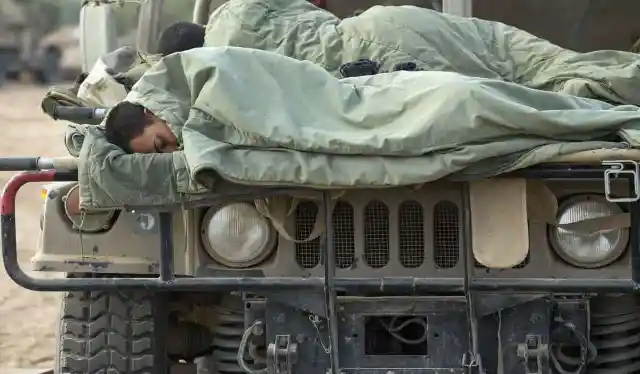

The information on the website continued stating that “you may also find it more difficult to concentrate or learn new things” and that “the signals your body sends may also come at a delay, decreasing your coordination skills and increasing your risks for accidents”.
#17. Digestive System
According to Healthline, “sleep affects the levels of two hormones, leptin and ghrelin, which control feelings of hunger and fullness. Leptin tells your brain that you’ve had enough to eat. Without enough sleep, your brain reduces leptin and raises ghrelin, which is an appetite stimulant”.


Sleep deprivation also prompts your body to release higher levels of insulin after you eat. Insulin is in charge of controlling the blood sugar levels. If the insulin level is higher, it promotes fat storage and increases your risk for type two diabetes.
#16. Rest Disorder
Sleep deprivation is not a rare problem at all. The American Sleep Association (ASA) revealed that between 50 and 70 million adults suffer from it.

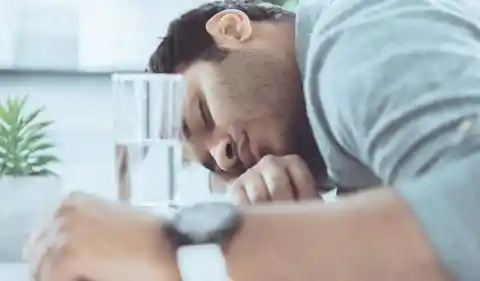
The ASA also reported that more than 35% of adults were getting less than seven hours of rest each day. It was discovered that during a whole year, a person that did not sleep well could lose up to 11 days of productivity.
#15. Additional Study
An additional study two years later revealed that companies across America lost more than $400 billion because of sleep-caused loss of productivity. The website Joe.co.uk relaunched an old book that could help with sleep problems.
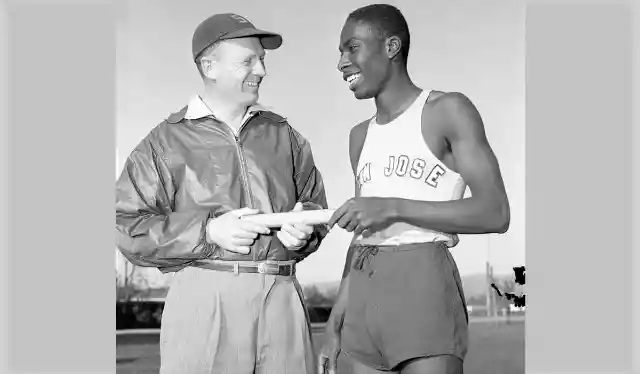
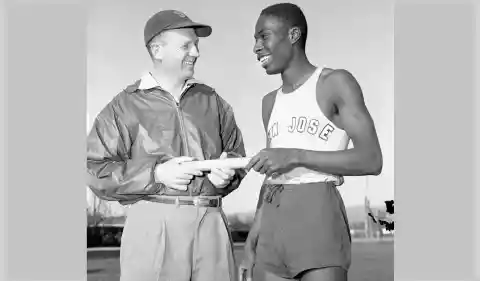
The book, titled Relax and Win: Championship Performance was written by Lloyd Bud Winter in 1981. Born in June 1909, Winter grew up to become one of the greatest coaches of all time in his chosen area of track and field.
#14. Relaxation
More than two dozens of the athletes that worked under Winter were able to compete at the Olympics, like Tommie Smith and Lee Evans.
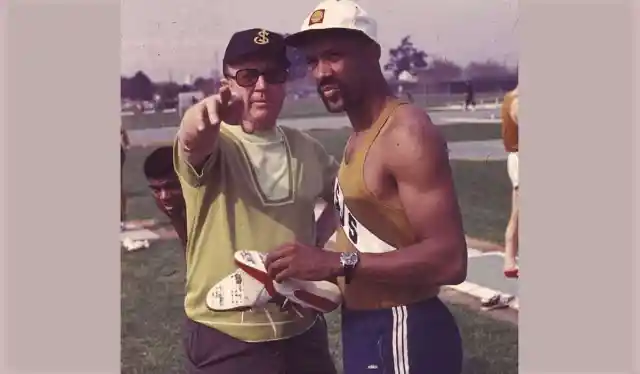

Sports Illustrated magazine interviewed Winter in June 1959, and in that interview, he gave some interesting information about himself. He said that “He had taught relaxation to pilots during the war”. He also recalled that they were losing pilots in training because they were too tense.
#13. Relaxation for Pilots
Many pilots on Guadalcanal could not sleep during the night because the Japanese sent bombers to disturb their rest. Winter also added that “They needed to figure out some way to relax them”.

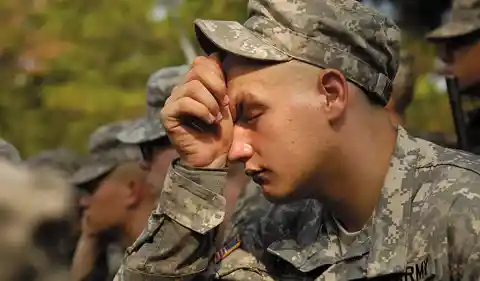
The track and field coach worked out a program that taught pilots how to relax and ran the test on two platoons of 60 men each. The platoon that learned how to relax did better in everything that required physical coordination.
#12. Retired Coach
24 hours after Winter’s induction, he suffered a heart attack. As a result, the retired coach passed away, but his accomplishments have continued to be recognized. In 2010 he earned a spot in the African-American Ethnic Sports Hall of Fame.
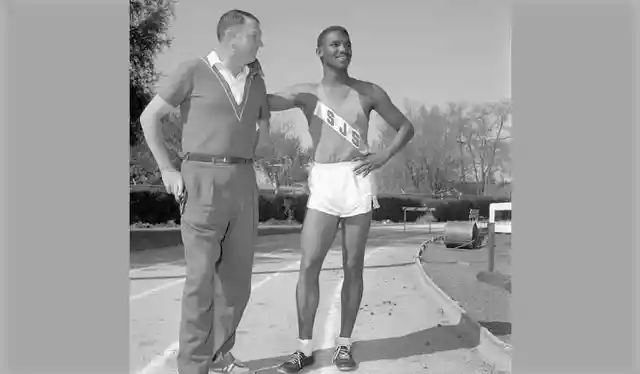
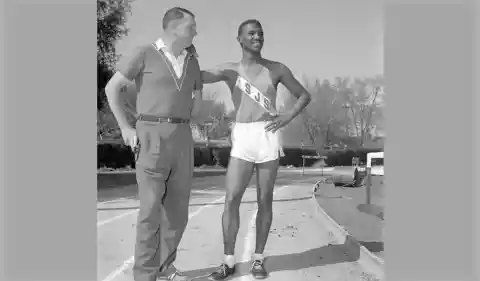
Apart from his work in track and field, his books also left a mark in the past decades. He wrote a publication titled So You want to be a Sprinter in 1956 with a revised version in 1973.
#11. Relax and Win
In 1981 came the book Relax and Win: Championship Edition, in which Winter referred back to his time with the U.S. Military during the Second World War. He went into detail with the relaxation techniques for the troops.

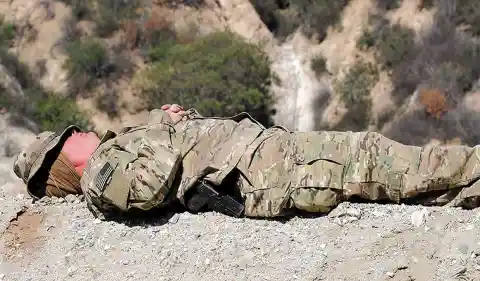
Winter had developed a four-step plan that helped soldiers fall asleep within minutes regardless of their surroundings, and thus, they would be less likely to make errors.
#10. First Steps
The first steps advise you to relax all your facial muscles, as well as your jaw and tongue. Then, you should lower your shoulders and after that your arms. Finally, focus on your breathing.

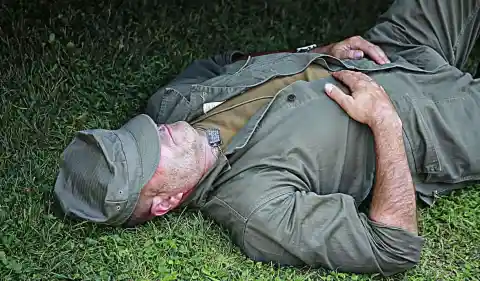
While you exhale, Winter advises relaxing the muscles in your chest and legs. Finally, you must calm your mind for around ten seconds before mentally visualizing one of three scenarios.
#9. A Simple Technique
“You’re lying in a canoe on a calm lake with nothing but a clear blue sky above you” or you are “lying in a black velvet hammock in a pitch-black room“ while you say to yourself “don’t think” for about ten seconds.


With this technique in mind, journalist Michael Grothaus decided to put Winter’s technique to the test in October 2018. He followed the steps for around four weeks.
#8. Results
Grothaus was heartened that the army found that the technique worked for 96% of the people who tried it for six weeks. He was not very excited when he tried the technique every night in the first week and nothing happened.
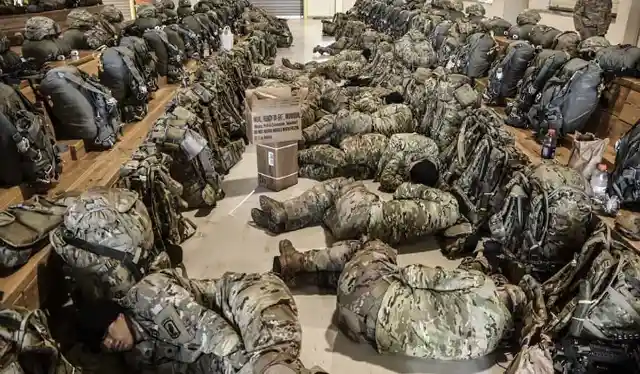

Although before long, he started to notice results. Around the ninth night, he realized that something had changed.
#7. Further Progress
Grothaus described the progress that he experienced. He said that he relaxed his muscles and visualized swinging in a velvety hammock, and the next thing he knew was that it was around 3 a.m. and he woke up.

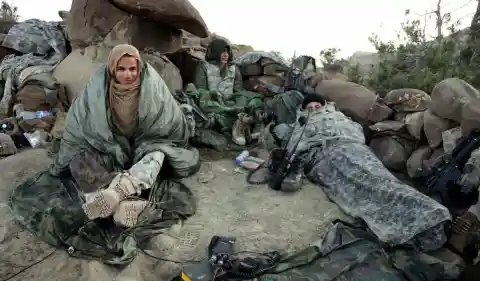
He said that “I was deeply tired and only woke enough to swing my legs into bed and turn off the lamp”. He then tried to replicate those same results the following evening.
#6. Feeling Rested
The next evening he didn’t pass out right away but he felt a great release that came over his body after his hammock visualization. He then crawled into bed and turned out the light.
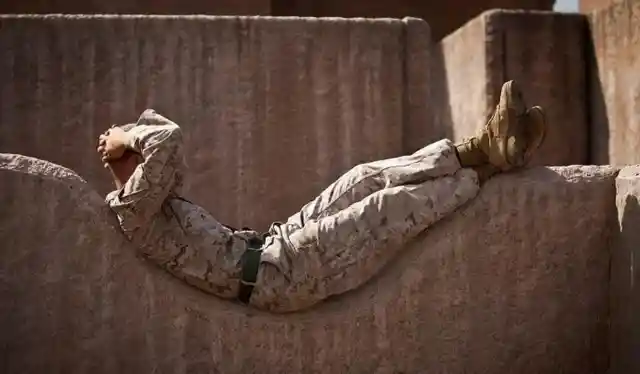
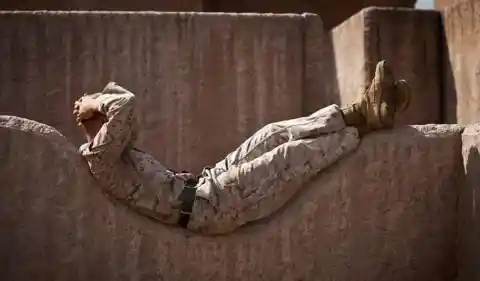
The next thing he remembers is waking up 8 hours later. Grothaus summarized his experience and said that the decades-old technique really worked for him, although it did not work all the nights.
#5. Other Methods
As the weeks went on, the trick seemed to work more often than not. Grothaus had something more to add to the visualizations. He said that it worked more effectively when he visualized himself in a hammock than in a canoe.


Outside of Winter’s technique, there are other methods to tackle if you struggle with sleep. Dr. Neil Stanley, a sleep specialist, suggested that the key to a good night’s sleep was to clear your mind of any thoughts.
#4. Three Things
Dr. Stanley told the Independent in September 2018 that “to get the sleep you need three things: a bedroom conducive to sleep, a relaxed body and a quiet mind”.


He also had some relaxing words for those who could not find any technique that worked for them. “There is no magic way of doing this, you have to find what works for you”.
#3. Stop Worrying
Anything could work for you, from reading a book to a warm bath, chamomile tile, aromatherapy or listening to music. It does not matter what you do as long as it stops worrying you from daily stress.


The Independent’s comments section sparked some debate with users reacting to the newspaper’s article about Winter’s book. One person, in particular, was not convinced by the technique and prompted the newspaper to offer their own suggestions.
#2. Breathing
The online user said that “relax and clear your mind are a bit obvious”, and then he added his own prescription for sleep, saying that “when you want to sleep, take deep, slightly faster breaths of air and keep to a rhythm”.


He continued and added that you should try to stick to a schedule before going to sleep, like associating certain activities with the oncoming sleep.
#1. Sleep On It
After experiencing the effects of Winter’s military technique first hand, Grothaus believed that it was worth a try, and suggested that this method would be more beneficial than turning towards medication.


The last thing that Grothaus added was that everybody should go ahead and give the technique a try and sleep on it. You will be amazed by the results!